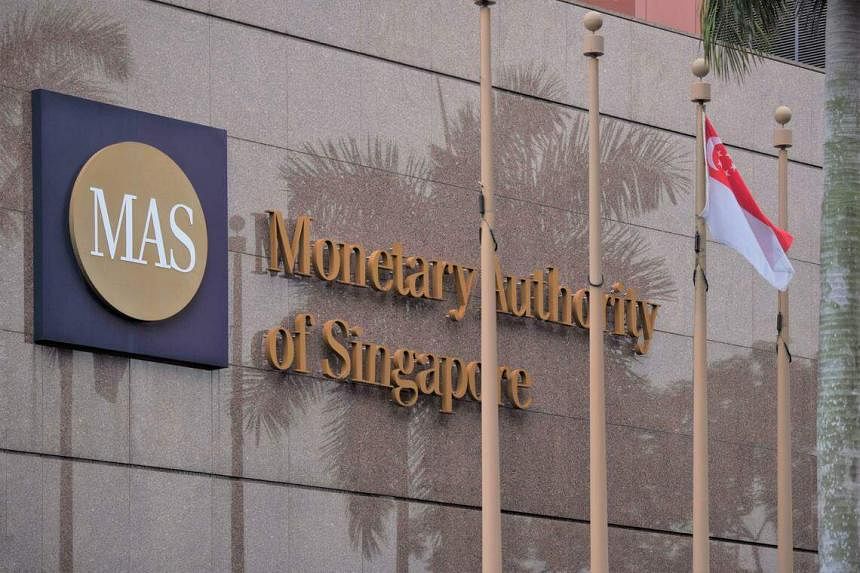Efforts between Singapore and the US to speed up cross-border payments show that blockchain is viable

[gpt3]rewrite
SINGAPORE – Distributed ledger, a blockchain-inspired technology, can be used to more efficiently conduct cross-border payments involving multiple currencies, an experiment conducted jointly by the central banks of Singapore and New York has found.
Details of the technical research experiment, called Project Cedar Phase II x Ubin+ (Cedar x Ubin+), were revealed in a report on Friday by the Monetary Authority of Singapore (MAS) and the Federal Reserve Bank of New York’s New York Innovation Centre.
A joint statement from the two central banks said: “The Cedar x Ubin+ experiment demonstrated that DLT (distributed ledger technology) could support improvements to cross-border payments and multi-currency settlements.”
Like many monetary authorities around the world, the MAS and the New York Fed have been testing blockchain-inspired technologies as they work to develop a central bank digital currency (CBDC) that can be used for the seamless and cost-effective movement of money from one country to another.
In recent years, central banks have reduced the costs and increased the speed of cross-border transactions – including for money transfers and corporate payments for trade and investment – by connecting different national and global payment networks and systems.
However, global payments between currencies that are not as easily accessible as the US dollar or euro still have limitations, including high costs, slow settlement times, lack of access to market solutions and limited transparency.
Meanwhile, the prevalence of transactions in emerging market currencies – which are typically illiquid – has increased in recent years, making their quick and affordable settlement an area of focus for central banks globally.
Therefore, the Cedar x Ubin+ experiment explored DLT’s ability to establish connectivity across a diverse set of liquid and illiquid currencies’ finances, using simulated wholesale CBDCs to reduce settlement risk and reduce settlement time.
A wholesale CBDC can be used alongside or instead of traditional forms of central bank money to settle payments between banks and financial institutions, but not for retail transactions.
Leong Sing Chiong, Deputy Managing Director of Markets and Development at MAS, said: “The Cedar x Ubin+ experiment envisions a future digital currency landscape where central banks can enable interoperability between wholesale CBDCs to facilitate more efficient cross-border payment flows, including for less liquid currencies, without requiring a common infrastructure.”
The experiment showed that payments can be safely made across several ledgers without the need for a central settlement authority or the establishment of a shared central network.
The test payments were settled atomically, which means that transactions were settled for all parties simultaneously. This improved the security of settlement, and addressed existing pain points such as counterparty risk, which is largely responsible for higher costs.
Each simulated payment scenario achieved end-to-end settlement in less than 30 seconds on average, compared to the two-day period it typically takes to settle transactions between illiquid currencies.
Michelle Neal, who heads the markets group at the New York Fed, said: “Our research collaboration with MAS reveals important opportunities for central bank innovation to play an important role in facilitating wholesale payment flows globally and improving settlement outcomes.”
[gpt3]

























